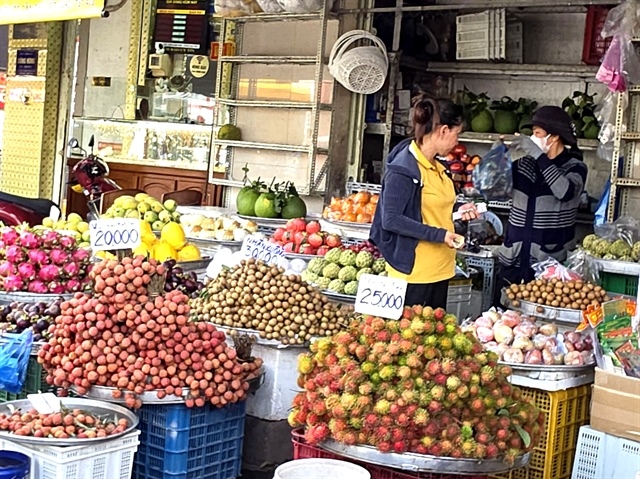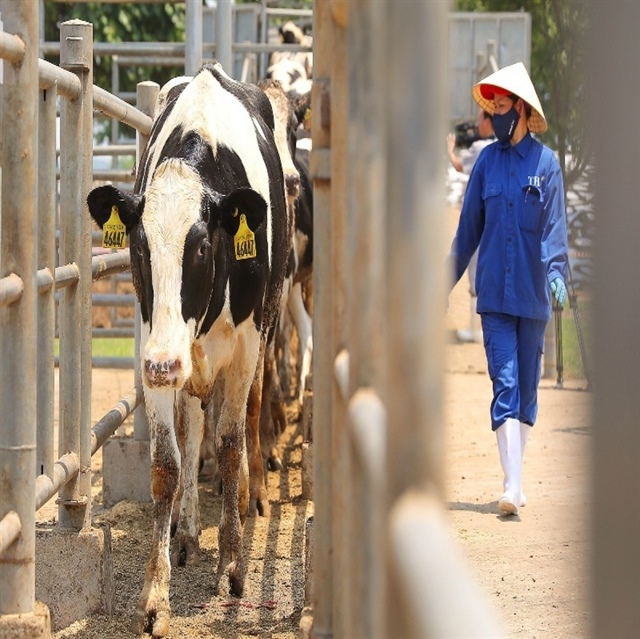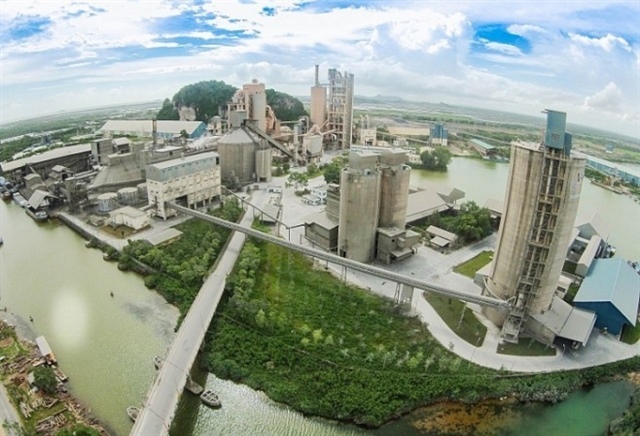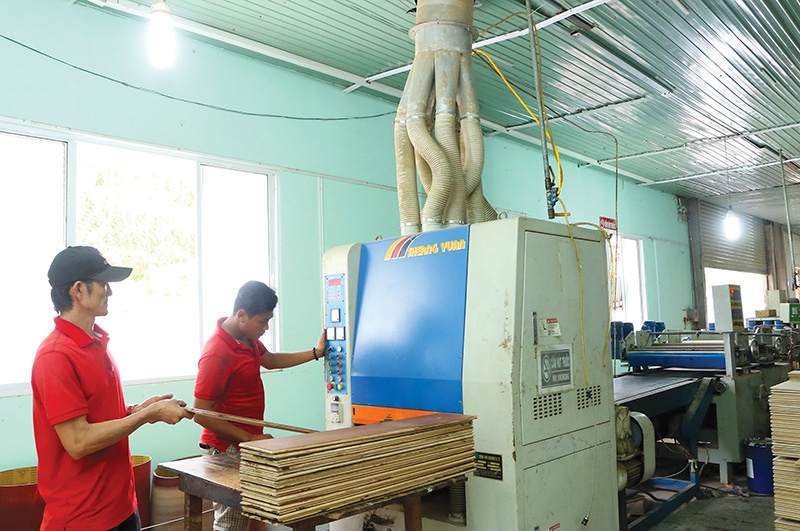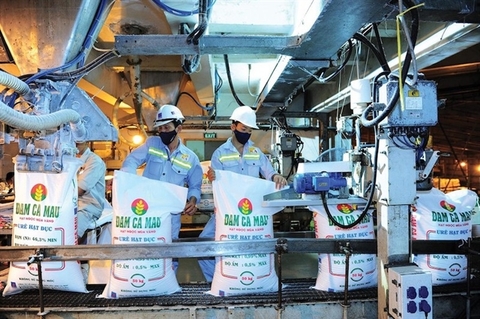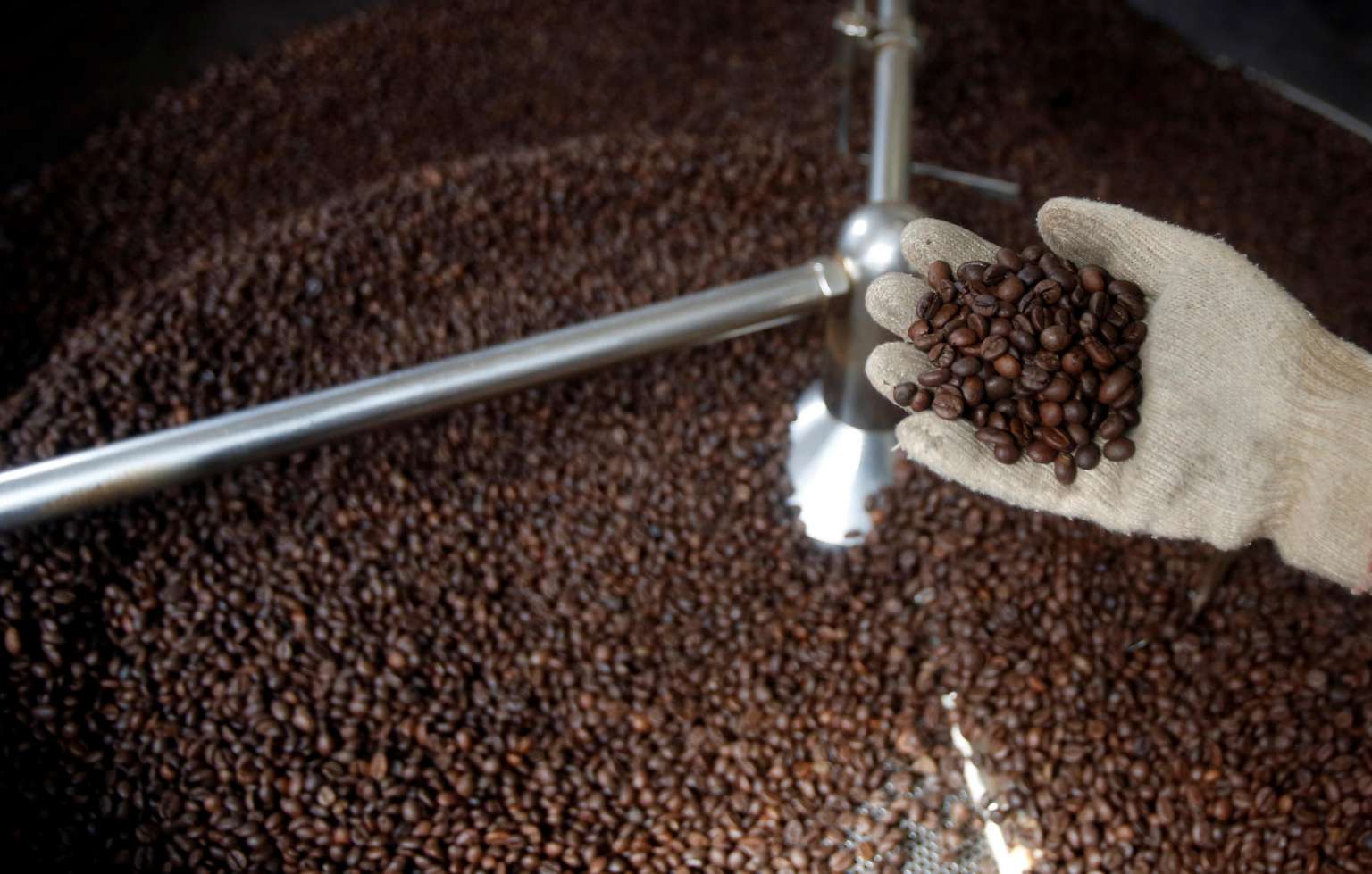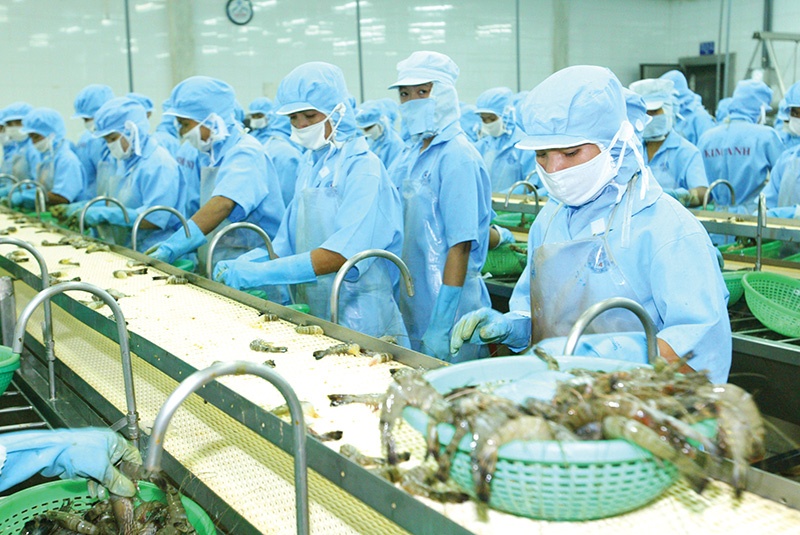Smuggling of sugar from Laos, Cambodia into Vietnam on the rise
Smuggling of sugar from Laos, Cambodia into Vietnam on the rise
The volume of sugar illegally imported into Vietnam from Cambodia and Laos has been increasing, with 757,000 metric tons per year in the 2015-19 period, nearly 2.8 times the quantity in the 2008-14 period, according to a recently released report.
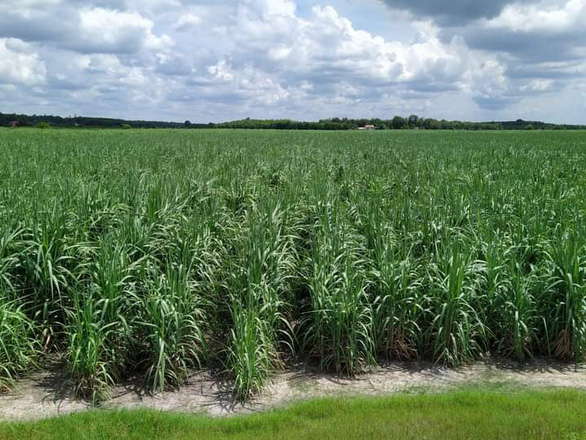
These figures were released at a seminar on the sustainable development of Vietnam’s sugar industry co-organized by the Vietnam Sugar and Sugar Cane Association (VSSA) and U.S.-based Forest Trends, which protects critical ecosystems through creative environmental finance, markets, supply chains, and other incentive mechanisms.
Dr. Nguyen Vinh Quang, who represents Forest Trends, delivered at the workshop a report on supply chains for Vietnam’s sugar industry and issues related to the sector’s sustainable development.
About 273,571 metric tons of sugar was smuggled into Vietnam from Cambodia per year in the 2008-14 period, during which no sugar was illicitly brought into Vietnam from Laos, according to the report.
In the 2015-19, the volume of sugar smuggled into Vietnam rose drastically to around 757,000 metric tons per year, or nearly 2.8 times the yearly figure of the 2008-14 period.
Out of the total, some 557,000 metric tons came from Cambodia and 200,000 tons from Laos.
All the sugar smuggled from the two countries into Vietnam was mainly sourced from Thailand, according to the report.
As Thailand gives price subsidies to its sugar exporters, the Thai sugar brought illegally into Vietnam from Cambodia and Laos was priced lower than the commodity domestically produced by Vietnamese enterprises.
This has stimulated the flow of Thai sugar contraband into Vietnam from its two neighbors.
That Thailand nullified regulations on domestic sugar retail prices in November 2017 was also considered an impetus to sugar smugglers.
The report also pointed out a sharp rise of sugar smuggled into Vietnam from its two neighbors in the past, with a near nine-fold spike from 100,000 metric tons in 2008 to 890,661 metric tons in 2018.
Since Vietnam officially implemented its commitments to the ASEAN Trade in Goods Agreement (ATIGA) on January 1, 2020, which has resulted in the elimination of import quotas and import tax rates lowered to only five percent from 80-85 percent, sugar has been mainly imported into Vietnam through official trade channels.
The reduced import tax rate makes it easier for businesses to import sugar via official channels, helping reduce the volume of sugar illicitly brought into Vietnam from Cambodia and Laos.
In 2020, the quantity of sugar contraband transported from the two countries to Vietnam was about 206,000 metric tons, equal to nearly 25 percent of the total amount of smuggled sugar in 2019.
Smuggling of sugar is mainly recorded in the provinces bordering Laos and Cambodia, such as An Giang, Long An, Tay Ninh, Dong Thap, and Quang Tri.
Upon entering Vietnam, such sugar is mixed with domestic sugar or has its packaging changed to look like domestically made products.
Sugar smugglers even sent Vietnamese packaging to Cambodia for pre-packing of Thai sugar before bringing it into Vietnam via land borders.
“A crackdown is needed on sugar smuggling. In addition, farmers and sugar factories are required to have cooperative links,” Hai Quan (Customs) Online cited Dr. Quang as saying at the seminar.
Vietnam’s sugar industry ranks fourth in Southeast Asia, after Thailand, Indonesia and the Philippines, and 15th in the world in total cultivation hectares, according to VSSA.



